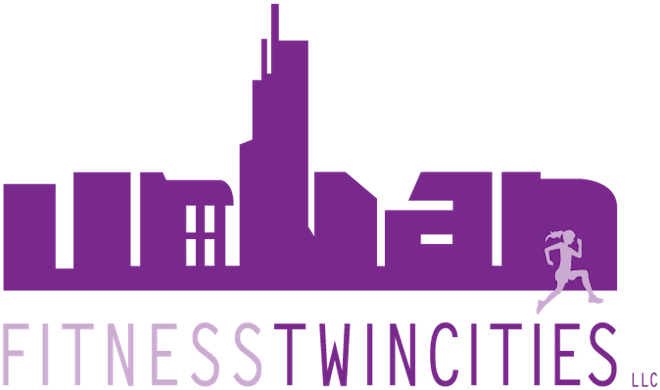Mobility and Flexibility: Equally important. Not the same thing.
While in some ways, these two things are compatible, they are not exactly the same thing. An individual can be flexible but immobile or can be very mobile but not very flexible.
What are they?
Flexibility refers to the elasticity of your muscles.

Mobility, however, refers to the ability of your joints and bones to move, or a range of motion for your joints.
You can be flexible in your muscles, and still have joints that are not mobile. Similarly, you can be very mobile in your joints without being flexible in your muscles. For example, someone who is hypermobile (a genetic condition, also known as double jointed or hyperextended) is naturally more mobile than most but that doesn’t mean these people are flexible in their muscles; it just means their joints move well.
While distinct things, mobility and flexibility can still be related.
Mobility and flexibility can affect each other. Muscles can tighten and become inflexible by being overworked due to immobile joints. If your joints don’t move well or separately, then bigger muscles are often overused and consequently become overworked and overly tight. Clamshell is an example of an exercise that is commonly used by physical therapists and trainers as a glute exercises. However, if you don’t know how to move your leg bone in your hip socket joint, you might just move your hip, working your outer hip muscles more than your low glute or rotator muscles, the goal of the clamshell being the latter. It can work inversely, too. Tight muscles can affect your ability to be mobile. For example, tight calves might restrict the range of motion of your ankle joint.
Some exercises and movements, like touching your toes, require only one of these two: flexibility or mobility. Other exercises, like a back bend, demonstrated in this picture of a upward dog, requires both mobility and flexibility. This particular example requires a flexible back and a mobile spine.
Pain and Injury
Both tight muscles and immobile joints can contribute to injuries and pain. For example, frozen shoulder is a type of injury in which you shoulder blade, or scapula, is not able to move as it has become “frozen.” Even if the shoulder joint isn’t frozen, shoulder blades can stick and become less mobile. This will likely cause pain due to a lack of movement in the shoulder blade as the arm moves. This can occur in most joints in your body. It is similar with tight muscles. If muscles are too tight, they restrict movement and then, if pushed into movement or engagement, can pull or tear. On the opposite end of the spectrum is when too much mobility or flexibility, with a lack of strength to add control, can cause injury or pain.
A good training program provides a combination of exercises to encourage mobility, flexibility and strength, as needed by the client or student to help balance out the three. A balanced body is a stronger and safer body. At Urban Fitness TC, we try to recognize any weaknesses or imbalances between these three and improve them for our clients.
Want to improve your flexibility, mobility or both? Schedule your free 90 minute consultation.
 This blog was contributed by our Pilates guru, Kaethe Birkner. Kaethe is a certified Pilates instructor through Balanced Body and dances ballet professionally at Continental Ballet Company. She has been teaching Pilates since 2012 and has been taking Pilates since 2004.
This blog was contributed by our Pilates guru, Kaethe Birkner. Kaethe is a certified Pilates instructor through Balanced Body and dances ballet professionally at Continental Ballet Company. She has been teaching Pilates since 2012 and has been taking Pilates since 2004.
 Addie Kelzer is a certified personal trainer and nutrition consultant. She believes that by making fitness and good food practical, her clients will hold the power to positively change their health and the health of those closest to them.
Addie Kelzer is a certified personal trainer and nutrition consultant. She believes that by making fitness and good food practical, her clients will hold the power to positively change their health and the health of those closest to them.
